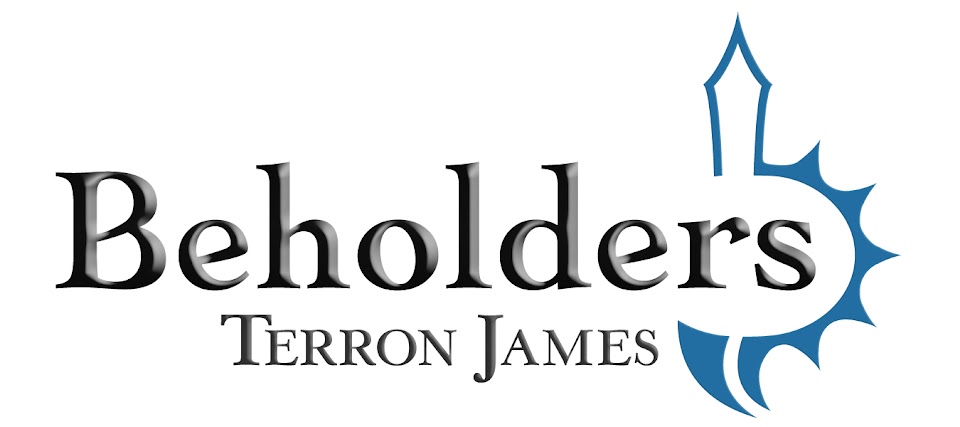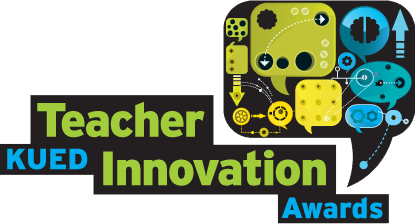True Names.
If you haven't read any of the Eragon-centered books before, let me quickly familiarize you with the idea of True Names. To do this, I must first reference Plato's "Allegory of the Cave." If you don't feel like watching this short, state of the art, edge of your seat production, I have summarized it below.
Plato shows that everyone lives at certain levels of enlightenment. If someone spent their entire life in a cave, staring at shadows of deer projected upon the walls, they would believe that those shadows were "real" deer. If you turned them around and showed them the statues used to project the shadows, the concept would nearly incapacitate them. However, through diligent study and an open mind, they would finally understand the connection between the shadows and the statues. Likewise, the cave dwellers would be dazzled if you brought them out of the cave and showed them deer prancing through fields of grass.
Many philosophers have discussed this concept, arguing that as with Plato's example of the cave dwellers and their limited levels of enlightenment, we would be fools to think that deer prancing through fields of grass are "real" deer. There must be one "true deer," from which all other concepts and creations were developed. Whether or not I believe this logic is a mute point, but it leads us in a direction to better understand Paolini's development of True Names.
Now back to Eragon's story. For every entity in the kingdom of Alagaesia, there exists one True Name. Knowing this True Name enables a person to perfectly understand that entity. It also gives the person absolute control over that entity. These entities encompass everything, from rocks and dirt to creatures and, ultimately, humans. For humans, knowing your True Name was a terrifying prospect. You were forced into a reality check about who you truly were.
Aside from my typical fascination with fantasy-based concepts, I didn't think much of True Names while I was reading the Inheritance Cycle. However, when my wife and I started discussing a Relief Society activity she recently attended, everything I mentioned above morphed into a full circle. (Thanks, Dori!)
Dori made this one simple observation (or at least this is how I understood it through my wife's interpretation of her message). Everyone should take the time to identify the core values that drive us, feed us, and bring us joy. Once we realize these, our control over our own lives will escalate exponentially. We will become self-aware, recognizing the time we waste participating in activities that come nowhere even close to our core values. We will strive to incorporate those values more actively into our everyday lives.
I admit that Dori's idea was snazzy, but I wasn't really hooked until I started doing this for myself. Now, I feel like I'm finally capable of making connections and observations that had otherwise seemed impossible. Perhaps if I share my "True Name" with you, it might spur the thought process within yourself. *deep breath* Alright, here we go!
Core Value 1 - INSPIRATION
I hunger for inspiration, both in giving and receiving. I'm the happiest I've ever been at my current teaching job, because I have daily opportunities to inspire my junior high students to appreciate literature and become better people--to be the change they want to see in the world. Of course, there is a spiritual component to this, as well. It's hard for me to describe the euphoria that washes over me every time I receive inspiration. (Perhaps it's like the addicting endorphin release my wife craves while running--one of her core values being Health.) Inspiration drove me to write this blog post tonight. I was so inspired by my inspiration, I felt inspired to further inspire everyone around me. (That's right, see what I just did there?) Yes, inspiration is definitely one of my top values!
Core Value 2 - HARMONY
If you are familiar with the LDS religion, you might know about patriarchal blessings. Members of the LDS faith believe in seers, patriarchs who can part the veil separating us from God's dwelling. With this gift, seers view our lives temporarily through God's eyes. While doing this, they offer us a glimpse into our past, present, and future. Allow me to share a snippet from my own patriarchal blessing. "I bless you with the ability to champion the cause of justice in troubled times, even when those around you are enraged or very coarse in their mannerisms... for you have the capability to exercise compassion and understanding in behalf of those who need it. I bless you... to be recognized by all for your gentle kindness." I received this patriarchal blessing when I was 13 years old, before I even had a clue who I was myself. Now, I can testify with absolute certainty that Patriarch Spencer, the seer who gave me this blessing, was inspired by God. If you were to ask my 120 junior high students for the two standards I value most, I hope they would tell you trust and respect. If you scooch back a little in your perspective, you will see that these two standards lie at the heart of my core value, harmony. I love deeply, and likewise hurt deeply. It is hard for me to let things go, for better or for worse. Yet, through God's mercy, a good night's sleep always cures me of my daily pangs. I wake up every morning refreshed with a brand new start, concerns and anxieties washed away.
Core Value 3 - RECREATION
For someone who feels so deeply, it comes at no surprise that I value recreation. Sometimes I feel completely overwhelmed by life, and desperately search for a release. This release most often comes in the form of movies, video games, music, and books. All four are passive ways to escape reality, while at the same time putting myself through an emotional cleanse. Also, my junior high students will tell you that when I play, I play hard. If anyone knows how to have a good time, it's me!
So, now that I've poured out my soul to you, anyone care to share their "True Name?" I promise not to usurp complete control over you (in the near future, at least).




